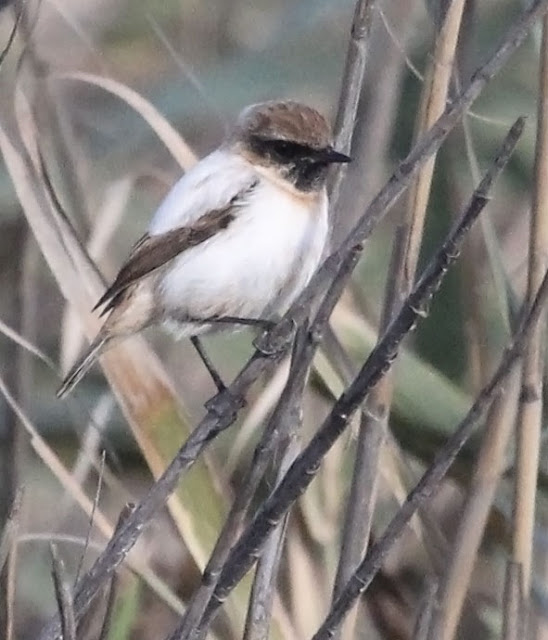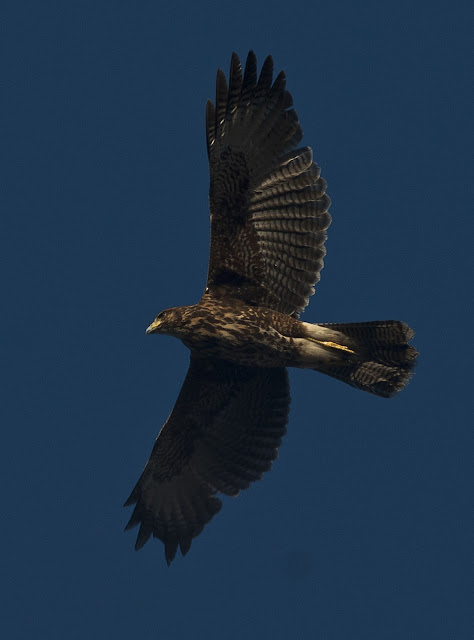Rarest of the rare 2012 [El más raro de los raros 2012]
As in 2011 edition, we enclose a selection of perhaps the rarest sightings obtained in the country during 2012. Please vote the poll (right side of the blog) to see which species sighting can be considered the rarest of the rare 2012!. You can choose several choices, not only one. If interested in the different sightings, follow the links to the original report of the species in the Rare Birds in Spain website. Happy rarest of the rare 2012 and a better 2013 year! [Como en la edición de 2011, se incluyen una selección de las citas tal vez más raras que se hayan obtenido en el país durante 2012. Por favor, votad en la encuesta (en el lado derecho del blog) para ver qué cita puede ser considerada la más rara de entre las raras de 2012!. Podeis escoger diferentes opciones dado que la elección es complicada. Si estais interesados en obtener más información de las citas en cuestión podeis seguir los enlaces a las páginas originales de la web Rare Birds in Spain. Feliz raro de los raros 2


